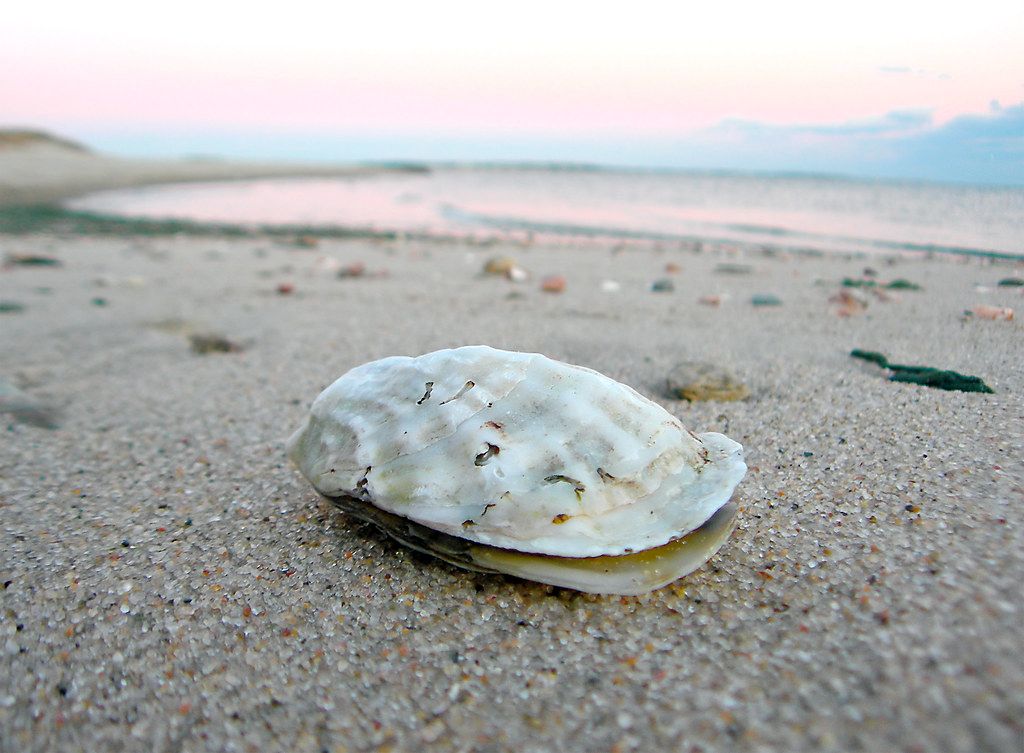Oysters in Jamaica Bay? Not History Anymore

We all know the story of Sheepshead Bay as a historic fishing village during the 20th century, but if we dig back further we’ll find a lot of history about its oyster beds. Harvesting oysters was once a key economic activity in Sheepshead Bay and the Jamaica Bay waterfront, and the little bivalves landed on plates in scores of restaurants throughout the city – not to mention our own Lundy’s. But populations began to wane as the city grew, harvesting increased, and sewage poured into the bay, polluting the reefs. Finally, a hurricane in 1938 destroyed what little remained of the oyster beds, and the city’s waterways have since been uninhabited.
Until now.
Scientists are working to reseed Jamaica Bay as part of a three-year study to evaluate the area’s potential to once again serve as home to the once world-famous New York Oyster (which was reknowned for being less perishable, as they “knew how to take it”). The New York Times describes the study:
On Monday afternoon, researchers seeded the bay around Floyd Bennett Field with adult oysters, an attempt to coax the growth of native oyster larvae, which may be present in the bay after traveling from other waters. Native oyster larvae need the shells of the adults to grow, and take about two to three years to reach maturity.
The oysters were hung in eight flat netted cages that allow the water to flow through. Every month the oysters will be replaced and researchers will check whether the old ones have larvae attached to the shells. If the three-year study shows promise, as many as 10,000 oysters may be shipped in for large-scale reseeding of the bay.
Oysters are not just some kitcshy part of our history that we’re trying to get back. They’re an important part of the bay ecosystem, and will lead to better water for us all. Here’s what Lost in the Ozone posted:
Having oysters back in the Jamaica Bay estuary would do a world of good to the ecosystem. The little bi-valves are efficient filters that can go through 50 gallons of water per day. When filtering –which is how they eat—the oysters consume algae, reduce nitrogen levels and increase the oxygen levels in the water. With more oxygen and less nitrogen in the water, fish, plants and other animals will be better able to thrive—increasing the species diversity.
Professor Jeffrey Levinton, lead investigator and Marine Biologist at SUNY Stony Brook said, “Oysters are important components of marine ecosystems. They are natural filters of the water. If they were reintroduced to Jamaica Bay, they would form mounds and attract diverse plant and animal species. Our research will show us that oysters can survive and grow rapidly in Jamaica Bay. We hope it will also show us that if oysters were reintroduced to Jamaica Bay, they would be able to grow, reproduce, and establish sustainable oyster reefs.




